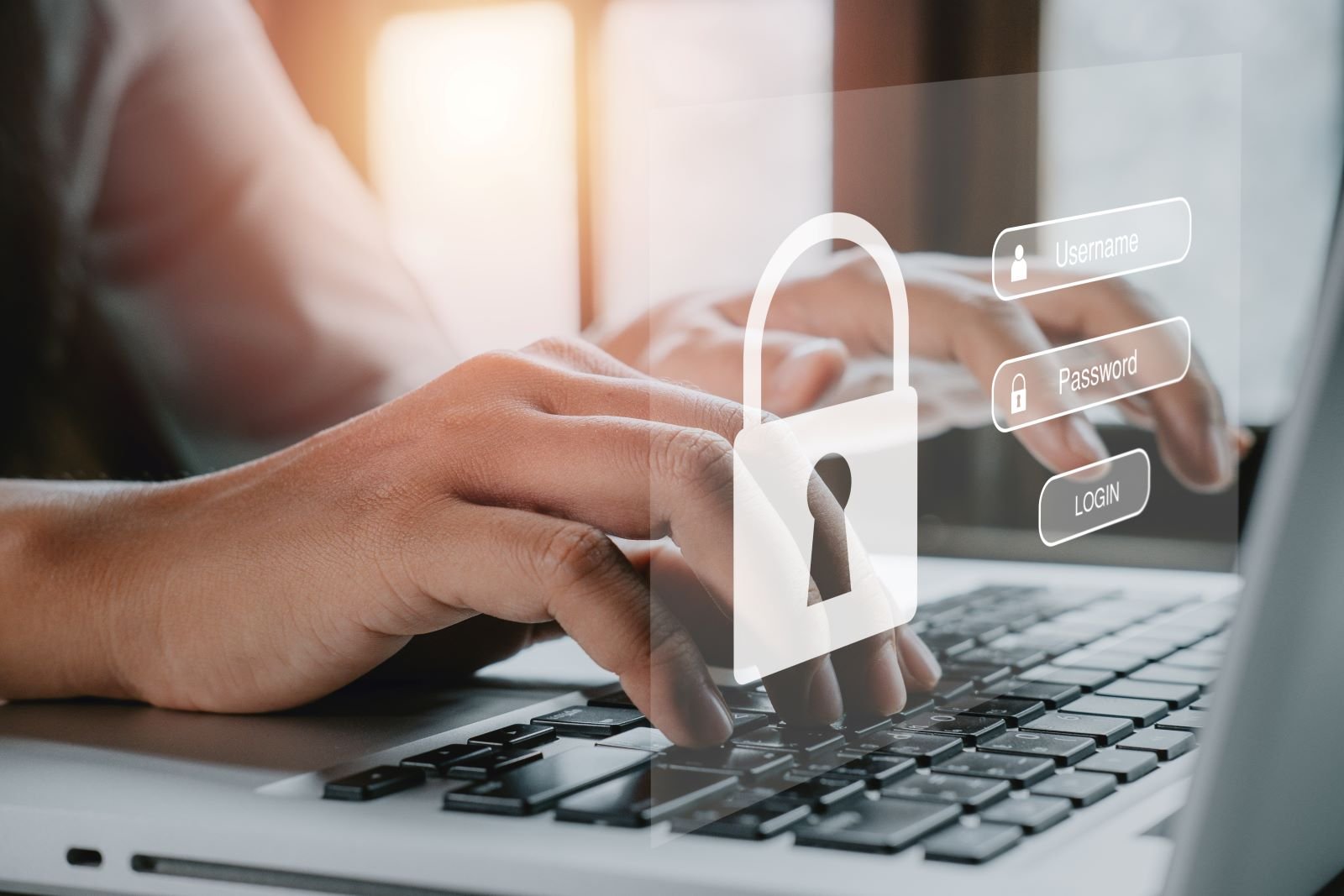Protecting your identity has become increasingly crucial in a world where personal information is constantly at risk. With the rise of digital threats, safeguarding sensitive details requires both vigilance and proactive measures. Understanding these steps is essential to maintaining security and mental peace in everyday life.
Use Encrypted Email Services

In the U.S., a person receives an average of 120 emails per day among which many are phishing scams. By using encrypted email platforms, you can enhance the security of your digital correspondence. These services use end-to-end encryption, ensuring that only the sender and intended recipient can access message contents. This protection extends to attachments and metadata. The likelihood of unauthorized access to mail is significantly reduced.
Use Disposable or Virtual Credit Cards

Virtual credit cards generate temporary numbers for online transactions. It is anticipated the number of such card users will increase from 36 billion in 2023 to 175 billion by 2028. This technology prevents merchants from storing actual card details, reducing the risk of data breaches. Virtual cards can be easily disabled after use which limits its exposure. Many major banks and financial institutions now offer virtual card services as an added security feature.
Freeze Your Credit

The rise of identity thefts has led to the freezing of credit cards by 10-20% of consumers. This prevents unauthorized access to credit reports, making it harder for identity thieves to open new accounts. This service is free and can be easily managed online or by phone. Credit freezes can be temporarily lifted when legitimate credit checks are needed. The danger of financial identity theft is greatly decreased by taking these preventive steps.
Opt for a Virtual Phone Number

Instead of using real phone numbers, opt for virtual phone numbers for non-essential services and online registrations. These numbers can be easily changed or discarded if compromised. Virtual numbers often come with additional features like call forwarding and voicemail-to-text. This strategy helps minimize exposure of personal contact information across various online platforms.
Secure Your Digital Footprint

Google processes over 3.5 billion searches per day, potentially exposing personal information. Using tools like Google Alerts to monitor mentions of personal information online allows for swift action if sensitive data becomes publicly available. Consistent surveillance aids in spotting any theft early on and preserves your online reputation. Setting up alerts for variations of name and key personal identifiers enhances overall digital security.
Use a Virtual Private Network

In 2023, 42% of Americans utilized VPN with a steady increase in numbers. Virtual Private Networks encrypt online activities, masking user identity and protecting sensitive data from hackers. VPNs create a secure tunnel for internet traffic, making it difficult for third parties to intercept. This technology is particularly useful when using public Wi-Fi networks. Many VPN services offer additional features like malware blocking and ad filtering which are helpful as well.
Enable Two-Factor Authentication

80% of data breaches can be prevented by implementing two-factor authentication. Two-factor authentication or 2FA adds an extra layer of security to accounts by requiring a second form of verification. This significantly enhances protection. 2FA options include SMS codes, authenticator apps, and hardware tokens. This function lessens unwanted access even when credentials are stolen.
Shred Personal Documents

Identity thieves can obtain personal information from improperly discarded documents in just 15 seconds. Shredding physical documents containing personal information before disposal prevents dumpster divers from obtaining sensitive data. Cross-cut shredders provide more security than strip-cut models. Shredding reduces the risk of physical data breaches.
Avoid Public Wi-Fi for Financial Transactions

Public Wi-Fi networks are involved in 40% of security incidents. Refraining from conducting financial transactions on public networks reduces the risk of data interception. Using cellular data or a VPN when accessing sensitive information in public is safer. Be cautious of fake Wi-Fi hotspots and always verify the legitimacy of such Wi-Fi networks before connecting.
Use a Password Manager

Password manager helps generate and store strong, unique passwords for each account. However, only 34% of Americans use password managers. By using these managers, you do not have to remember your passwords. It also lowers the chances of password-related breaches. Many password managers offer additional features like note storage as well as password sharing.
Opt-Out of Pre-Approved Credit Offers

Opting out of pre-approved credit card and insurance offers reduces the risk of mail theft targeting these documents. You can use online services to stop receiving these offers for years or permanently. This step decreases the volume of sensitive information circulating through the mail. Remember to shred any pre-approved offers received before opting out.
Limit Sharing on Social Media

With 4.9 billion people using social media, many users share their personal information online that could be used for identity theft. Avoid posting full names, addresses, or birthdays on social media platforms. Regularly review and update privacy settings on social accounts and be cautious about accepting friend requests from unknown individuals. Consider using pseudonyms or nicknames on public-facing social media profiles.
Check Your Social Security Statement

Increases in social security number scams have resulted in a loss of $126 million in 2023. Regularly reviewing social security statements helps detect signs of fraud, such as unfair early warnings. Creating a “My Social Security” account allows for easy online access to statements. Promptly reporting any discrepancies to the Social Security Administration is essential.
Create a Trust or LLC for Major Assets

An average of 4.7 million new business entities are formed in the U.S. every year. Creating a trust or LLC to hold major assets provides a layer of anonymity. This strategy obscures ownership details in public records. It makes it challenging for identity thieves to target high-value possessions and offers legal protection and privacy benefits. Consulting with a financial advisor or attorney can help determine the most suitable entity structure for individual circumstances.
Regularly Update Your Software

Outdated software is responsible for 60% of data breaches. Keeping operating systems, antivirus software, and apps up-to-date protects against known security vulnerabilities. Many devices offer automatic update options for convenience. Regularly checking for and installing updates on all connected devices is crucial. Consider using reputable security software that includes automatic update features.
